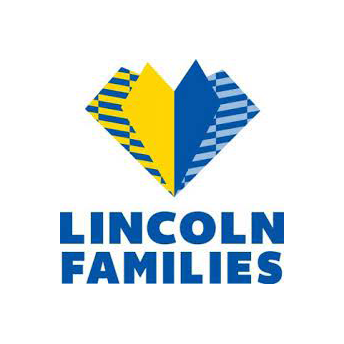
When behavioral health organizations embark on the journey of customizing their Electronic Health Records (EHR), success hinges on a collaborative approach. As Xpio Health CEO Thaddeus Dickson explains, effective EHR assessment is a three-legged stool: it requires balanced participation from clinical leadership, IT leadership, and business leadership. Neglecting any leg could leave your stool leaning – or worse, collapsing. So, how do we ensure that clinical, IT, and business teams work together to achieve meaningful EHR optimization? Let’s explore some key principles.
Behavioral health agencies face unique challenges when optimizing EHR systems. A one-sided approach often leads to missed opportunities or outright failures. Clinical leadership brings deep knowledge of workflows and patient care. IT leadership ensures technical feasibility and robust system architecture. Meanwhile, business leadership provides oversight on financial and operational goals. Each perspective is vital.
A single team leading the charge — whether it’s clinical or IT — often creates unintended consequences. IT-driven initiatives can focus too heavily on technical specifications, leading to user dissatisfaction or poor adoption rates. Similarly, clinical-only initiatives may lack the technical feasibility required to implement changes efficiently. Successful customization lies in balancing these perspectives.
Data-Guided Decision-Making
Dickson emphasizes the role of data governance in the optimization process. Customizations must be guided by clinically identified needs but validated through data analysis. For instance, clinical leaders might propose a change to streamline documentation, but data teams should vet the idea to assess its technical feasibility, required resources, and downstream effects.
Having a clear rubric for decision-making is critical. Every proposed customization carries a cost — whether in time, money, or potential risks. As Dickson notes, “Change is not without cost, even in service of optimizing your EHR.” Establishing a data-driven framework helps ensure resources are allocated to changes that deliver measurable value.
Start Small: The Value of Early Wins
While it’s tempting to aim for sweeping transformations, Dickson cautions against overloading the process with complexity. Involving 20 stakeholders in every decision or pursuing overly ambitious projects can paralyze progress. Instead, focus on small, manageable changes that provide immediate wins.
Early successes build momentum, demonstrating the effectiveness of your process and fostering confidence among stakeholders. For example, optimizing a single data field to improve reporting accuracy can deliver meaningful value without requiring months of deliberation. As Dickson puts it, “Maybe there’s more low-hanging fruit that we can attack to get a good win and show that our process is working.”
Avoiding Common Pitfalls
Many behavioral health agencies fall into the trap of siloed leadership. IT-led EHR implementations have notoriously high failure rates, but clinically led processes can also misfire without a firm grasp of technical realities. A proposed change might require re-architecting the system or investing hundreds of hours in development — costs that might not align with the agency’s strategic goals.
The key is dialogue. IT teams must educate clinical leaders about the technical implications of their requests, while clinical teams provide insights into how changes will impact workflows. Business leaders, meanwhile, evaluate whether a proposed change aligns with organizational objectives, such as improving patient outcomes, saving time, or enhancing data quality.
Aligning Customizations with Organizational Goals
Ultimately, any EHR customization must align with your agency’s broader mission. For behavioral health organizations, this often means improving patient care, reducing administrative burdens, and achieving regulatory compliance. Customizations should deliver tangible, measurable benefits that resonate with stakeholders across the organization.
Clear communication is vital. Clinical teams must articulate how a change improves workflows or patient care. IT teams need to explain what’s technically possible and outline the resources required. Business leaders should evaluate how the change impacts operational efficiency and financial sustainability. When everyone understands the “why” behind a decision, it’s easier to rally support and secure buy-in.
EHR customization is not just a technical endeavor, but rather a collaborative journey that requires input from clinical, IT, and business teams. By fostering dialogue, leveraging data, and focusing on early wins, behavioral health agencies can optimize their systems while avoiding common pitfalls.
Dickson reminds us, “Being able to have a good understanding of the technical implications of that clinically required change is a really important dialogue to have with that team.” The path to success lies in balancing perspectives, aligning goals, and making decisions that deliver meaningful value.
Ready to transform your EHR from a daily frustration into a powerful ally for your clinicians? Our behavioral health technology experts can help you identify quick wins while building toward lasting improvements. Schedule a conversation with Xpio Health to explore how we can help your organization achieve the right balance of clinical efficiency, technical stability, and operational excellence.
#EHROptimization #BehavioralHealth #ClinicalLeadership #DataDrivenDecisions #XpioHealth




